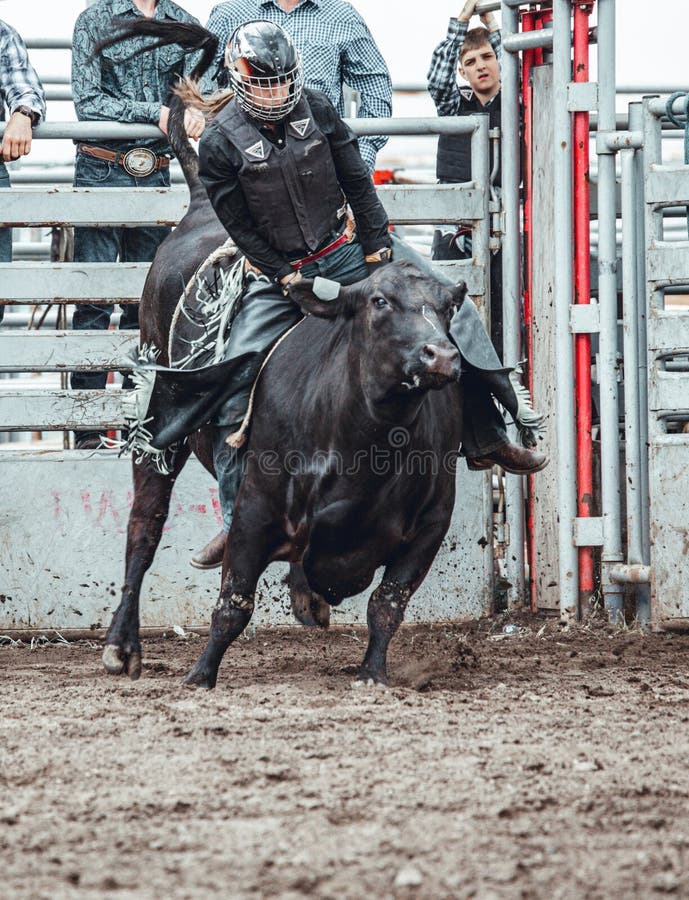In the vast tapestry of Americana, the rodeo stands as a vibrant thread, woven with the rugged history of cattle ranching and the pioneering spirit of the frontier. Rodeos evoke a gripping spectacle, where the brave clash with beasts, and the air crackles with palpable tension. Yet, beneath this exhilarating surface lies an undeniable question: is bull riding and rodeo synonymous with animal cruelty? To unravel this complexity, we must delve deep into the anatomy of these events, dissecting the elements of performance, training, and the inherent rights of the animals involved.
At first glance, bull riding appears as a daring dance between man and beast, a juxtaposition of human bravado facing off against nature’s raw power. Riders, clad in protective gear, mount massive bulls that possess not only strength but an instinctive ferocity. The crowd’s cheers elevate the adrenaline as riders cling desperately to the thin, leather strap, hoping to outlast the fury of the bull. While it is often painted as a heroic endeavor—a test of human tenacity—the reality is more harrowing.
The preparation that bulls undergo for rodeos raises ethical questions. Bulls are not merely subjects in an exhibition; they are sentient beings capable of experiencing fear and pain. Many bulls are subjected to practices that are said to enhance their performance, including the use of flank straps designed to stimulate aggressive behavior. This method, while framed as a technique to ensure that the bulls perform at their peak—a choreography encouraged by discomfort—raises profound concerns about consent and ethical treatment. By subjecting these animals to stress-inducing conditions solely for the sake of entertainment, we traverse the moral ambiguous terrain of animal welfare.
Moreover, the nature of bull riding itself introduces alarming levels of risk for the animals. When a rider falls, which is common given the inherent unpredictability of such an encounter, the bull may inadvertently suffer injuries. With hooves that can crush bone and a powerful frame fuelled by instinct, the aftermath of a chaotic ride can lead to extensive physical harm. The spectacle of thrill-seekers and the roaring crowd transforms into a grim reality where animals bear the brunt of man’s quest for excitement.
However, defenders of rodeo argue that these animals are valued, that they receive exceptional care outside of the arena. They contend that many bulls live in luxury, treated as prized possessions with access to proper veterinary care and spacious living environments. This notion seeks to cast the rodeo as a uniquely symbiotic relationship, painting a picture of mutual benefit. Yet, it raises critical questions about the temporal nature of this care: is it genuinely rooted in compassion, or is it a justification for the exploitation of an animal’s innate instincts?
To further investigate, we must consider the long-term implications of a career in rodeo for these bulls. The lifespan of a rodeo bull is often much shorter than that of their counterparts living outside the circuit. Bulls that do not meet performance expectations, either because of age or physical condition, may face grim fates. The transition from celebrated athlete to casualty of the industry suggests a troubling underbelly to the allure of entertainment. In a world increasingly sensitive to issues of animal rights, can the exhilaration of bull riding ever ethically coexist with the welfare of the animals?
The counterargument, one that has become a rallying cry for rodeo advocates, emphasizes the culture and tradition behind these events. Rodeos are often celebrated as cultural gatherings, rooted in community heritage and pride. The storytelling that accompanies a rodeo is rich with tradition, where feats of strength and skill are showcased in a framework of reverence for the land and livestock. But traditions must evolve. When history is underpinned by practices that may inflict suffering, a conscientious reassessment is necessary.
Furthermore, educational discourse around animal welfare is gaining traction. Many adults and children enter rodeos unaware of the operational mechanics behind such events. Advocates for change encourage awareness and education—urging attendees to question the price at which entertainment is procured. Investment in learning has revealed startling facts about animal sentience; the capability of animals to process emotions inputs arguments towards transitioning away from archaic practices that prioritize entertainment over empathy.
True equity necessitates the acknowledgment of an animal’s rights. The inquiry into the necessity of events like rodeo urges introspection on what we deem acceptable entertainment in modern society. The discussion invites us into a realm where we must balance our cultural heritage against the imperative for compassion. Within an evolving social tapestry, our choices about entertainment must reflect a commitment to humane practices.
In conclusion, bull riding and rodeo, while steeped in history and excitement, present profound dilemmas regarding animal welfare. As society advances, the onus is on us to advocate for animals who cannot voice their distress. As we gather in arenas, cheering for so-called heroes, we must actively interrogate the animals’ plight caught in this dance of bravery and instinct. Ultimately, an evolving ethics rooted in compassion must guide us toward a more humane approach, where the thrills of entertainment do not come at the cost of an animal’s suffering. Our choices today will shape the landscape of tomorrow’s entertainment; let it be one marked by respect and kindness.








